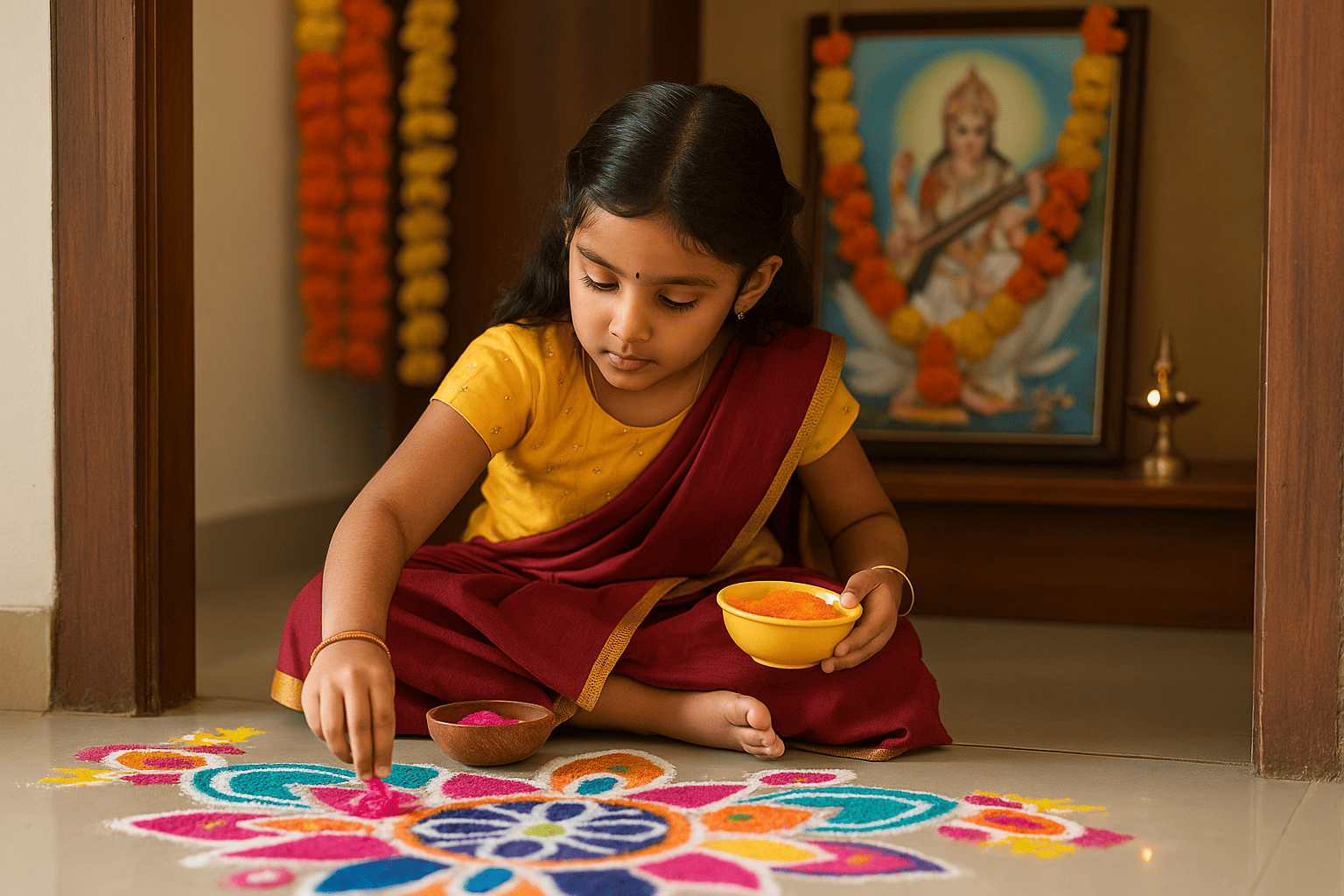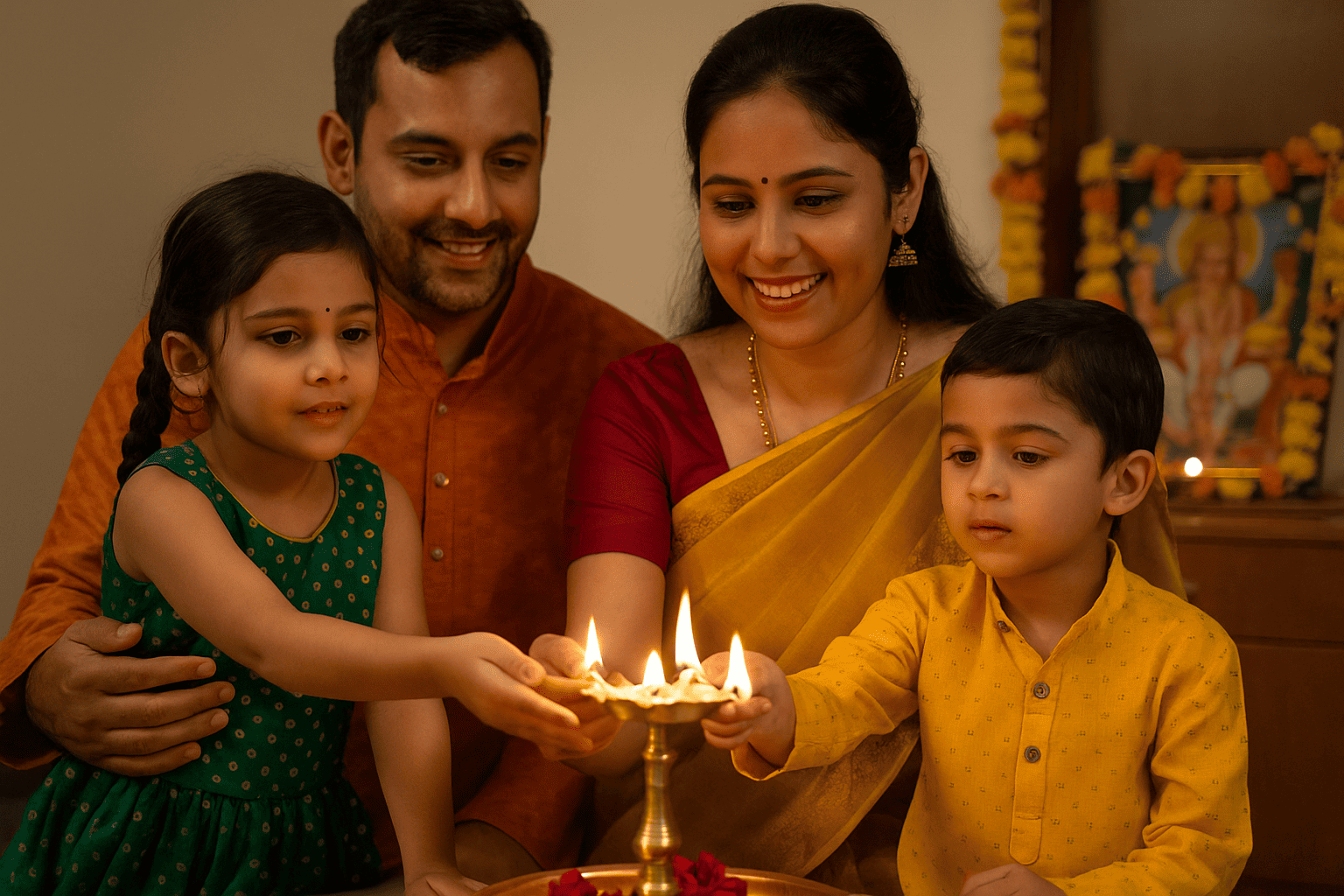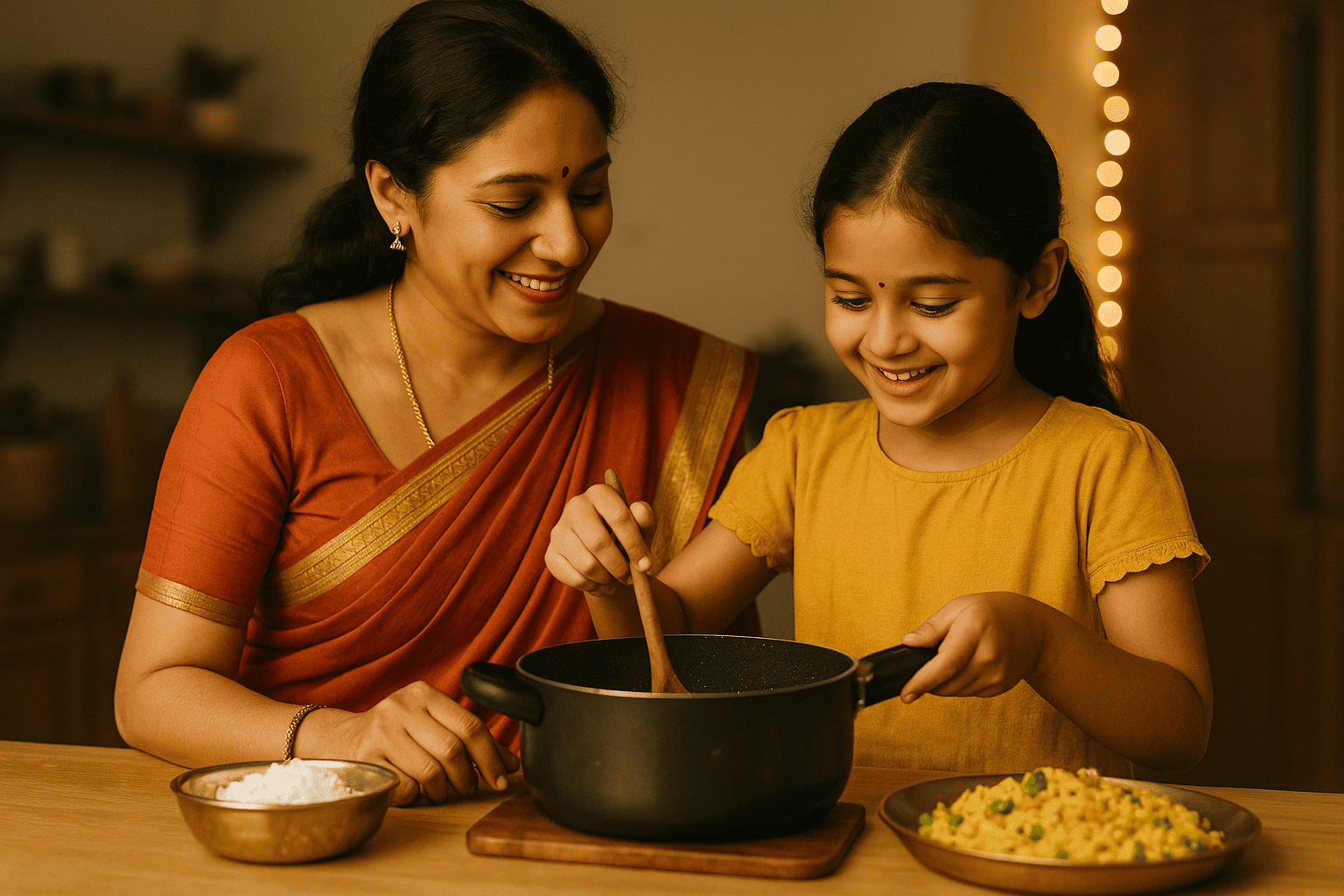
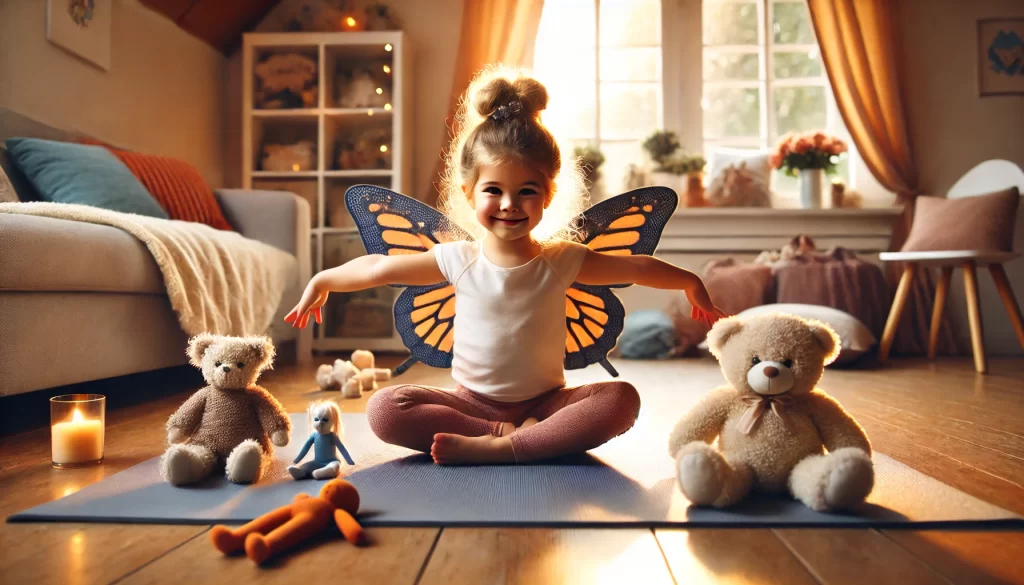
In our fast-paced world, even young children are not immune to stress, distractions, and the demands of daily routines. Whether it’s overstimulation from screens or packed schedules filled with activities, little ones can benefit from moments of calm and connection. That’s where yoga steps in — not just as exercise, but as a joyful blend of movement, mindfulness, and play.
Introducing yoga at a young age can plant seeds of body awareness, emotional regulation, focus, and self-love. And the best part? Kids don’t need to “perfect” the pose. They simply need space to explore their breath, balance, and being — all while having fun.
Let’s dive into five simple yoga poses that are perfect for little ones, even as young as three. These poses are easy to learn, require no fancy equipment, and can be done anywhere. Each one brings a mix of movement, stretch, stillness, and smiles.
Tree Pose (Vrikshasana)
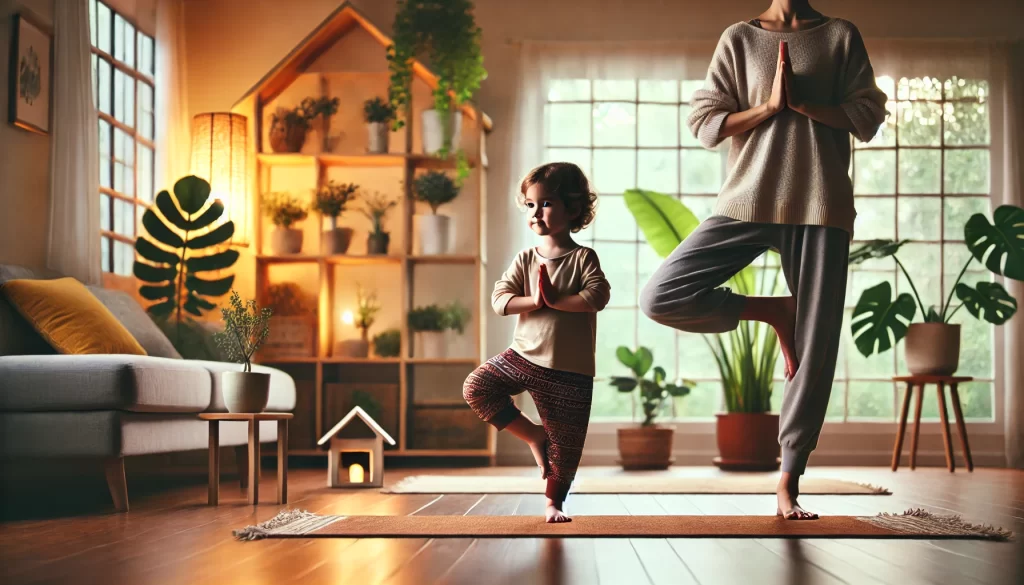
Why it’s great: Tree Pose is wonderful for developing balance, concentration, and self-confidence. Kids love pretending to be trees swaying in the breeze, and the pose naturally encourages stillness and focus.
How to do it:
Make it fun: Ask your child to imagine being a tall mango tree or a coconut palm, and sway gently in the wind. Bonus points if you both name animals that might live in the tree!
Cat-Cow Pose (Marjaryasana-Bitilasana)
Why it’s great: This gentle flowing movement between two poses stretches the spine and opens the chest. It’s calming and encourages awareness of breath, making it ideal for transitioning between play and rest.
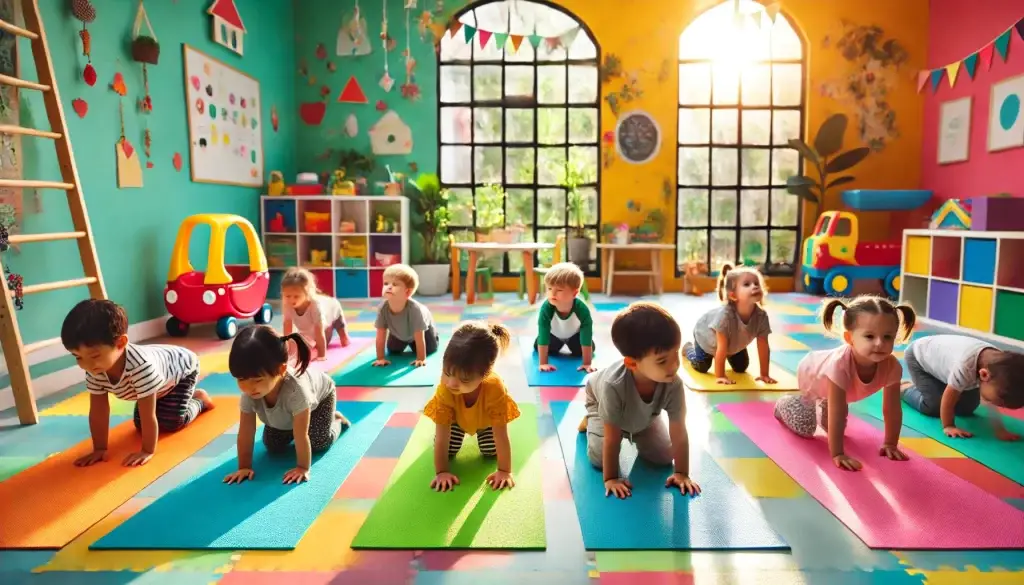
How to do it:
Make it fun: Turn it into an animal game! Moo like a cow when arching the back and meow like a cat when rounding it. Kids love the sounds and visuals — and they’ll remember the pose because of it.
Butterfly Pose (Baddha Konasana)

Why it’s great: This seated pose gently stretches the hips and inner thighs while promoting relaxation. It’s perfect for winding down, and kids can do it while reading or listening to a story.
How to do it:
Make it fun: Invite your child to become a butterfly flying through a garden. What color are their wings? Where are they going? Adding a story helps engage imagination while holding the pose.
Downward-Facing Dog (Adho Mukha Svanasana)
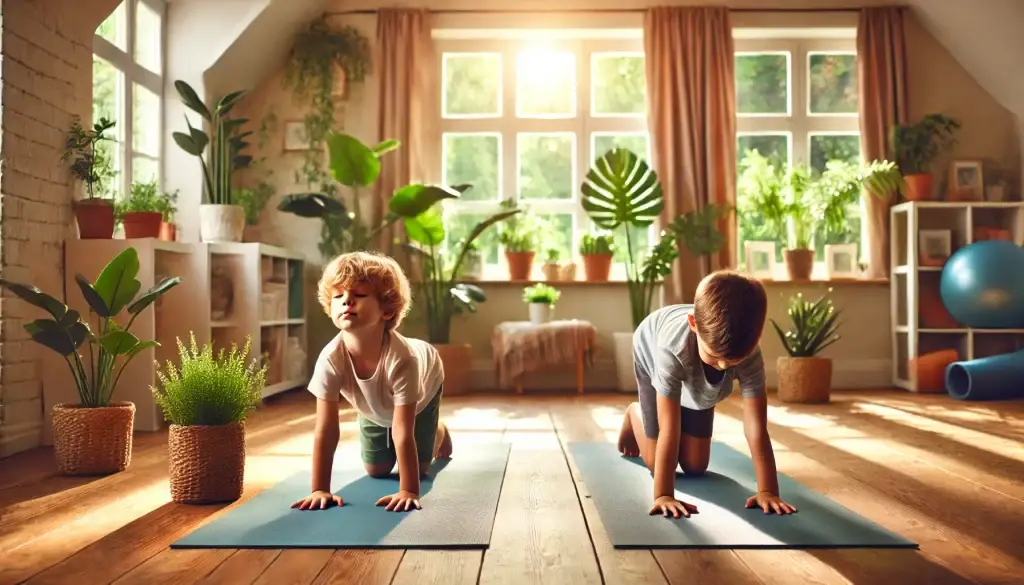
Why it’s great: This pose energizes the body, strengthens arms and legs, and stretches the entire back. It’s active and playful, perfect for children who need to release energy.
How to do it:
Make it fun: Pretend to be a puppy stretching after a nap! Kids can bark, wag imaginary tails, or even crawl through each other’s “dog houses.”
Child’s Pose (Balasana)
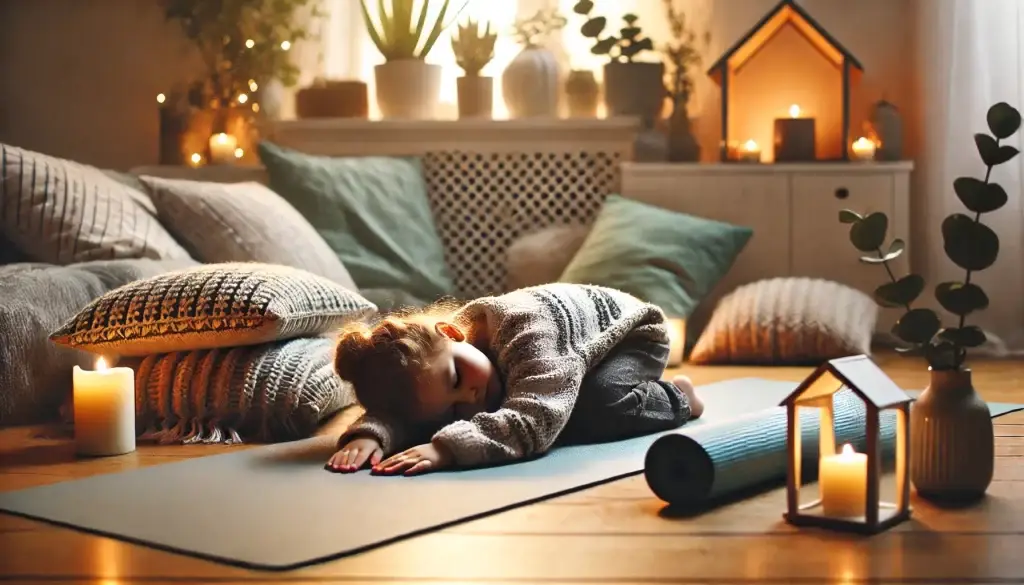
Why it’s great: This gentle resting pose calms the mind and body. It’s a go-to position for helping children feel grounded and safe — especially after a busy or emotional day.
How to do it:
Make it fun: Ask your child to imagine they’re a little rock, a curled-up hedgehog, or a turtle inside its shell. Use soothing music or a bedtime story while they relax.
Tips for Parents and Caregivers
Keep it playful. Avoid strict instructions. Let kids giggle, move around, and enjoy the process.
Short sessions are best. Five to ten minutes is perfect for younger kids. It’s all about quality over quantity.
Use storytelling. Link poses to animals or nature. This helps children remember and relate to the movements.
Model the poses. Kids love copying adults. Doing yoga with them shows it’s something you value too.
Be patient. Some days will be silly, others more focused. That’s okay! It’s about connection, not perfection.
The Deeper Benefits of Yoga for Kids
Beyond the physical, yoga offers emotional and psychological benefits for children. Here are just a few:
Mind-Body Connection: Yoga helps kids tune into their emotions and physical sensations, supporting emotional intelligence from an early age.
Improved Focus and Attention: The simple act of balancing or syncing movement with breath improves concentration — skills that carry over into school and daily life.
Stress Relief: Breathing exercises and calming poses help kids cope with anxiety or overstimulation in a healthy way.
Body Awareness and Confidence: Learning how their bodies move gives kids a sense of autonomy and pride.
Making Yoga Part of Your Routine
You don’t need to dedicate an entire room to yoga. Just create a small space — a corner of the living room, a soft mat in the bedroom — and make it your little one’s yoga zone.
Some ideas to keep the habit going:
Celebrate little milestones — holding Tree Pose for five seconds deserves applause!
Do a morning stretch together before breakfast.
Add a bedtime wind-down with Child’s Pose or Butterfly Pose and quiet breathing.
Use yoga as a screen-time break — five minutes of movement can reset the mood.
Yoga for little ones isn’t about “doing it right.” It’s about joyfully moving the body, finding moments of peace, and building a lifelong connection with wellness. Whether your child is full of energy or needs a little calming, these five poses are a gentle introduction to something magical.
So, grab a mat, roll it out on the floor, and try a few of these with your little one. You’ll be surprised how much you both enjoy it — and how powerful the quiet magic of yoga can be, even at the tiniest age.





